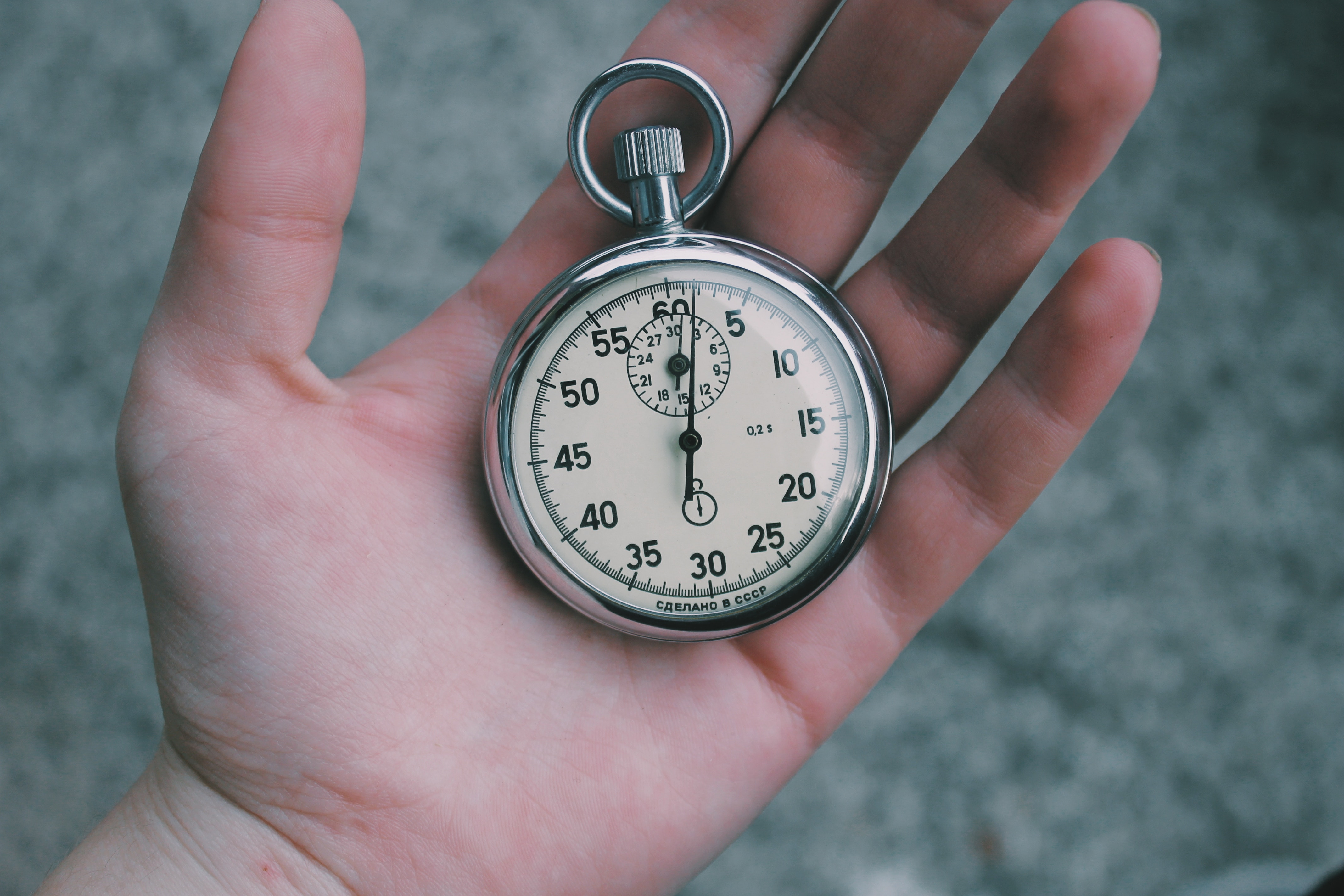
It hurts down there, but you’re not sure what it is. You’re getting mixed suggestions from your friends and family. Google says it's cancer. WebMD says it’s pregnancy. You just want to know what’s causing your symptoms.
How do you know if you're developing a urinary tract infection? Is it time to make that dreaded trip to the doctor?
Many symptoms of urinary tract infections can be mistaken for symptoms of other conditions and vice versa. This includes voiding dysfunction, overactive bladder, vaginitis, and yeast infections.
Is It A UTI Or Something Else?
Does it hurt when you pee? Do you have to go all the time? Do you wake up in the middle of the night to pee? Does your pee smell weird?
We’ve put together a list below to explain some of the key differences between common infections to help you figure out if it’s a UTI or something else.
Overactive Bladder And Voiding Dysfunction
The primary symptom of overactive bladder is urgency. This includes frequent need to urinate and waking up at night to go. Other voiding dysfunctions include underactive bladder (not going enough) and constipation. While these conditions can lead to UTI if not properly managed, it is unlikely you will experience pain while peeing or blood/pus in your urine with these conditions. Pain or burning = possible UTI.
Vaginitis, Vulvovaginitis, and Yeast Infection
It is often difficult to distinguish between urinary tract infections and other vaginal infections like vaginitis, vulvovaginitis, and yeast infection because their symptoms can be very similar. With each of these infections, including UTIs, you may experience pain, burning, itching, pus and/or blood. The important question to ask is: where is it coming from?
With a urinary tract infection, pain, burning, and itching will be more apparent when you urinate. You will not likely feel these sensations on or around your vagina or vaginal canal. If you notice blood or pus, it will be coming from your urethra, not your vaginal canal.
Unfortunately, the antibiotics women take to treat UTIs often lead to yeast infections. This happens because the antibiotics indiscriminately kill off the good and bad bacteria, causing our vaginal flora to get out of whack. It’s not uncommon to develop a yeast infection or bacterial vaginosis after treating a UTI. Fortunately, there are over-the-counter products that can help restore vaginal pH and get rid of these vaginal infections. If you’re experiencing one, try asking the pharmacist for a recommendation or visiting your doctor.
Best Way To Tell If It’s A UTI
If you are experiencing bladder urgency and a frequent need to urinate in addition to burning and itching, it is more likely to be a UTI than one of the conditions listed above.
With a urinary tract infection, you are also likely to experience some pain in your pelvic area, where your bladder is located, although keep in mind that this can also be a symptom of constipation or other voiding dysfunction.
Keep in mind: Self-diagnoses for UTIs can be the most reliable diagnoses. If you feel like you have a UTI, it’s probably a UTI.
According to one recent study on recurrent UTIs: “Women with recurrent cystitis can accurately self-diagnose and self-treat UTI as accurately as any physician.”1
There you have it. Women know the familiar burn and urgency. Trust your gut. If you think you have a UTI, studies show you’re probably right.
See Also: How Do You Know If You Have A UTI?
It’s A UTI—Now What?
It’s time for that trip to the doc. The only proven treatment for an active urinary tract infection is antibiotics. But that treatment is problematic for many reasons. In fact, we wrote a whole article about it. Check it out here.
There is promising evidence to suggest d-mannose powder may be able to cure existing UTIs and more research is being done to explore this natural treatment option.
What About The Future?
The best treatment for urinary tract infections is to avoid getting them in the first place. So how do you do that?
First, drink lots of water. A study of 140 women with recurring UTIs showed that increasing fluid intake by 1.5 liters per day reduces the risk of repeat infections.
Second, take d-mannose every day. It’s a simple sugar found in berries that is proven to adhere to E. coli, the primary cause of urinary tract infections in women, preventing the bacteria from sticking to the bladder or urinary tract. This study has shown that d-mannose helps to prevent 85% of urinary tract infections.
Where Do You Get D-mannose?
So glad you asked. D-mannose is the primary ingredient in Dmanna, a daily supplement that you can take alongside your regular vitamins. It’s odorless and tasteless and dissolves in any liquid.
Get your urinary tract back on track to being infection-free with Dmanna. Click below to learn more.
.png?width=165&name=manna%20(3).png)






.png?width=320&name=Dmanna%20Blog%20Featured%20Image%20(1).png)

